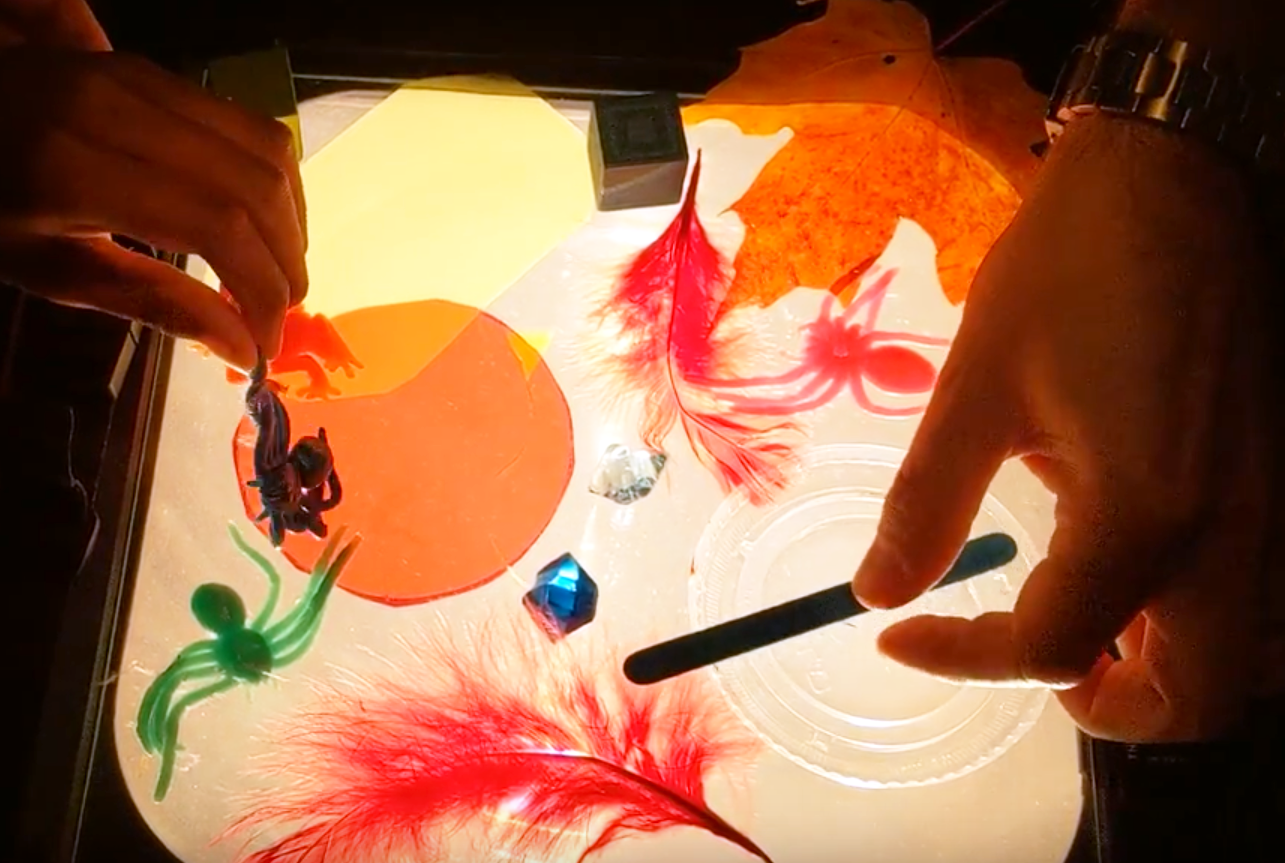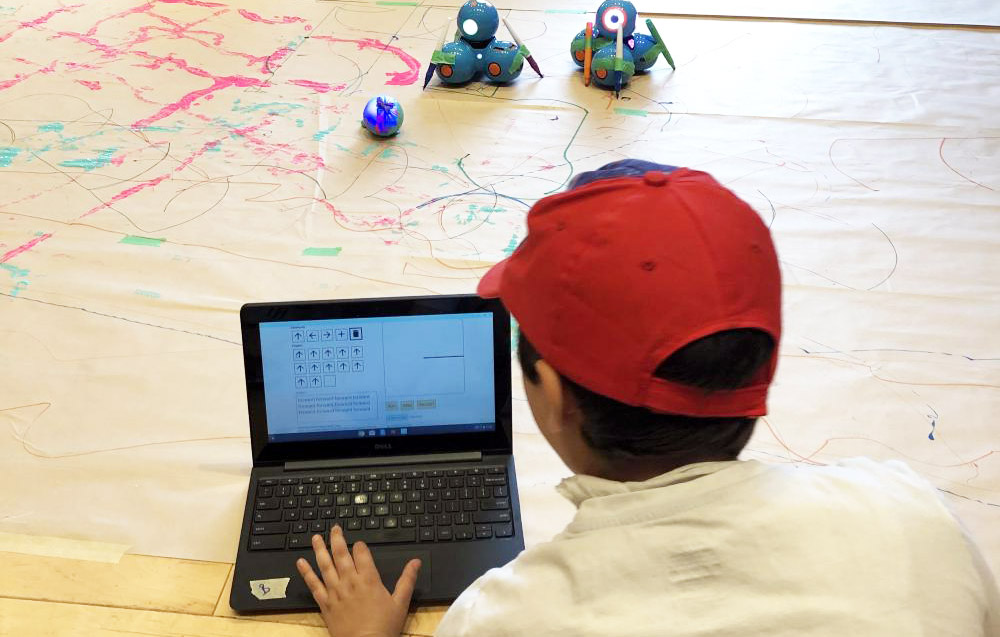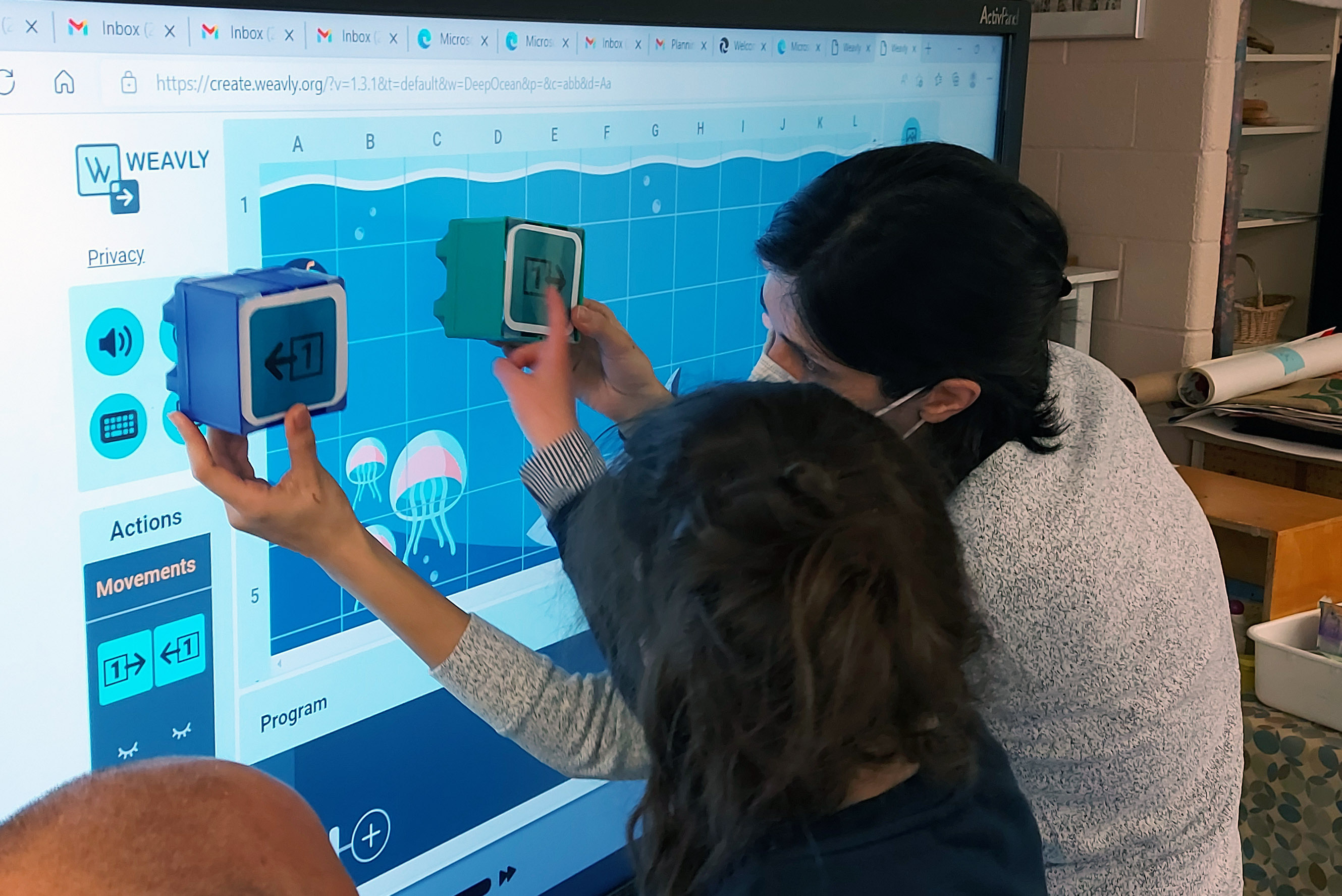Preparing the co-design activities
Overview
For successful co-design with children with disabilities, start with tangible elements like basic prototypes. Plan activities with a scaffolded approach, gradually building on their capabilities. Leave room for creativity by involving them in the development process. Adapt communication for those with verbal challenges, use multi-sensory elements, and consider varied approaches for diverse needs. Integrate symbol-based communication and conduct dry runs for feedback. Be mindful of framing questions to gain deeper insights into the child’s perspective and preferences.
Description
The success of a co-design process relies on creating engaging and accessible activities that enable children with disabilities to express their creativity and contribute meaningfully. Well-designed activities focus more on individual strengths of learners rather than on pre-existing deficits, labels, or diagnosis; offer children a starting point to build upon and explore new directions.
Suggestions
Find various ways to know the learners
A simple questionnaire for parents and caregivers completed at the beginning of the school year can help align knowledge and expectations between home and school. This knowledge is especially important for working with learners with Autism Spectrum Disorder (ASD) but can benefit all students and make a big impact on instructional effectiveness and for authentic assessment and evaluation.
Apply a “capability-based” approach
Following a capability-based approach enables educators/researchers/designers to plan for inclusive and just instruction for all students. It allows them to focus on the strengths of individual learners and address all aspects of students’ selves, including their identity, autonomy, personal goals, and human dignity.
Plan a scaffolded approach
Work with the parents and teachers to to develop a sense of children’s capabilities: what they can do now, what they are almost capable of doing, and what they are not yet ready to do – and design activities that strike a balance between the first two and are also responsive to unique and variable skills. Be adaptive and have a few possibilities for subsequent stages of the scaffold to help address a variety of engagement needs and child interests. This gradual progression helps children build their ideas with support and confidence.
Start with tangible elements
Engaging kids in purely conceptual activities with no tangible elements might be challenging, particularly for those with limited verbal communication. Providing a starting point, such as a basic prototype or model is critical to encourage engagement. Using low fidelity prototypes such as paper or clay prototypes, gives your team the flexibility to change the proposed design/idea if children are not interested or engaged.
Leave room for creativity
Don’t bring a polished or final solution to them and ask for their feedback, involve them in the gradual creation and development process of an idea. Even your co-design material, such as worksheets can look like an unfinished sketch or work in progress model to encourage kids’ participation.
Address communication challenges
For children who may face challenges in verbal communication, adapt your questions and activities accordingly. Break down complex questions into simpler ones and present a limited set of options (usually two) for them to respond to. Observe their reactions and choices to better understand their preferences.
Multi-sensory activities
Incorporate multi-sensory elements into activities to allow kids to express their ideas in diverse ways. Use audio, sound, light, and texture to stimulate different senses and facilitate communication. For those who may have difficulty directly manipulating objects, provide printed images or objects they can use to communicate their choices.
Consider a varied approach
If you are working with a group of children that each has unique needs and preferences, actively consider what methods are the easiest for each child to take part in. This could mean taking a varied approach across individual children, for example offering audio cues to one child while creating a tactile set of options for another one.
Implement principles of Universal Design for Learning (UDL)
Whether students are in integrated or congregated school settings, the principles of Universal Design for Learning (UDL) should be implemented in all learning environment to foster an inclusive classroom. UDL provides multiple means of presenting and representing information, allowing students to express their unique understanding and offering multiple ways of engagement. Teachers committed to UDL perceive all students as equal and as active learners not defined by their special needs or requiring special treatment.
Symbol-based communication
Consider using symbol-based communication systems, such as pictographs or other visual aids, to offer alternative means of expression and gather responses from children with specific needs.
Dry run and feedback
If possible, rehearse the activities with one or more children or their teachers before the collaborative event. This practice allows you to fine-tune your approach and identify potential improvements in the interaction process.
Be mindful of framing your questions
The language and questions you use may impact the results you get. For example, if we only ever asked whether a child “likes” something, we may only gain a very narrow sense of what the child is really thinking about a prototype. Explore ways to ask questions during the interaction that are focused on the child’s perspective and how they see the world, what they would do with a design prototype, what makes them excited about it, and what doesn’t interest them at all, or how they would do it differently.
Example

The Weavly project spanned several years, with varying activities in each phase. In the initial phases, when the coding environment hadn’t yet developed, we used various tools to engage children in the digital space, including old slide projectors and interactions with PowerPoint slides on a smart board to understand the child-digital environment interaction and explore foundational concepts such as how they perceive cause an effect.

As the project progressed, we developed a simple prototype with basic functionality, and our activities revolved around how this basic tool is used and how we can expand it to something kids liked getting engaged with. This basic prototype helped us communicate the goal and purpose of the project with children and their teachers. Although the prototype was working, kids noticed the product was not done yet, and there was still a lot of room for new ideas.

In later phases, with a more polished prototype, our activities became more advanced. We planned activities to onboard children, using both analog and digital methods, progressing from physical movement blocks to screen-based coding challenges.

Despite our planning, some activities were inaccessible at times. For instance, a planned large board for drawing an imaginary interface didn’t consider a child who experienced difficulty holding a marker. We also learned that offering a large collection of options was challenging for some kids, leading us to prefer offering a smaller set of items for choice, preferably a set of two options at a time.
Supportive Materials
Aptitudes, Capabilities, and Interests of Children with Autism Spectrum Disorder View Aptitudes, Capabilities, and Interests of Children with Autism Spectrum Disorder
Disability, capability, and special education: towards a capability-based theory Download Disability, capability, and special education: towards a capability-based theory